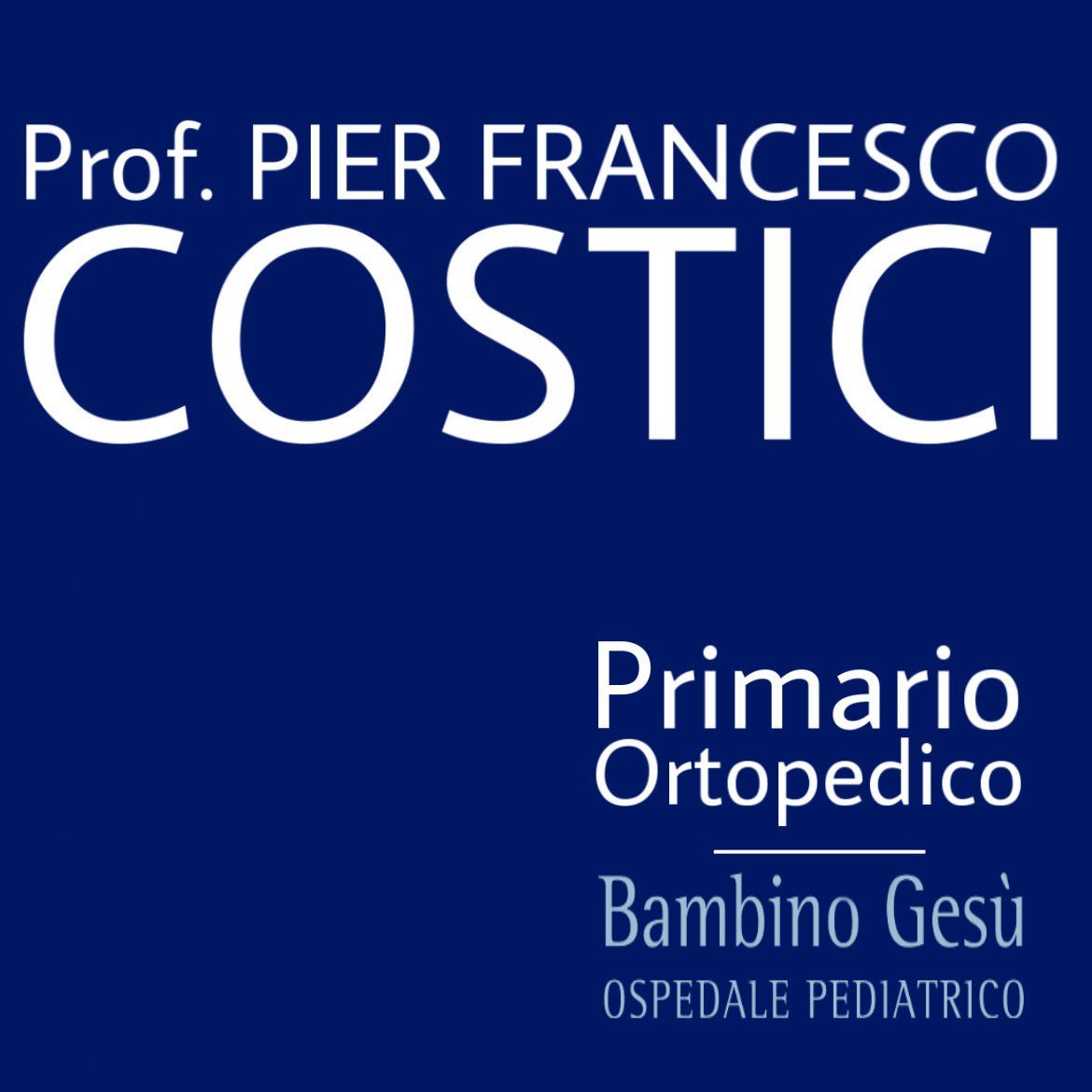SCOLIOSIS
Orthopedic braces are employed to halt the progression of scoliosis. If worn for the prescribed duration, they prove effective in 80% of cases.
What is it?
The human spine typically consists of 33/34 vertebrae, including 7 cervical, 12 thoracic, 5 lumbar, 5 sacral, and 4-5 coccygeal vertebrae. Scoliosis is a spinal deformity characterized by lateral deviation accompanied by vertebral rotation. It doesn't correct spontaneously and clinically manifests as a prominence (hump) in the thoracic or lumbar region of the spine. Based on the age of onset, scoliosis is categorized as:
- Infantile scoliosis (0-3 years)
- Juvenile scoliosis (4-9 years)
- Adolescent scoliosis (10-18 years)
In relation to the cause, scoliosis is differentiated into:
- Idiopathic (most common, without a known cause)
- Neuromuscular
- Congenital (present at birth)
Adolescent idiopathic scoliosis is the most common form, affecting 1-3% of adolescents, more prevalent in girls. The cause is unknown, making the diagnosis one of exclusion, determined by ruling out other potential causes such as vertebral malformations and neuromuscular disorders. Clinical manifestations of scoliosis include:
- Shoulder height imbalance
- Pelvic tilt
- Scapular asymmetry
- Hump
- Asymmetry of the waist triangles (the space formed between the trunk and the upper limbs extended along the hips)
- Head imbalance
In addition to clinical evaluation, radiographic examination is useful to define the severity of scoliosis based on the Cobb angle, measured on the spine radiograph:
- Mild scoliosis (up to 20°)
- Moderate scoliosis (20 to 40°)
- Severe scoliosis (over 40°)
Brace treatment is applied to moderate scoliosis. Bracing is often prescribed if either of the following conditions is met:
- Cobb angle has reached at least 20°, and the adolescent still has substantial growth potential
- Cobb angle has progressed rapidly by at least 5° after 4-6 months from the previous visit.
If complete skeletal maturity is reached, there is no longer an indication for brace use. Scoliosis typically doesn't improve without surgery. However, studies have shown that wearing a brace can prevent the progression of the deformity. Untreated adolescent scoliosis can predispose to the onset of lower back pain in adulthood. Despite this, lower back pain is common in the lives of most adults, with approximately 50% reporting at least one episode of lower back pain per year, and 15% experiencing recurrent episodes or persistent pain for more than 2 weeks per year.
Lastly, untreated adolescent scoliosis can have aesthetic consequences and cause psychosocial discomfort. Many patients with untreated adolescent idiopathic scoliosis are dissatisfied with their body image, particularly expressing discomfort regarding clothing, especially swimwear. Most orthopedic braces on the market are made of plastic material (generally polypropylene), created from plaster casts, prefabricated modules, or computerized scanning (CAD-CAM system). The purpose of the brace is to correct lateral curvature and rotation by supporting the spine in the correct position during the growth period. The brace should be worn for approximately 20-22 hours a day. It is essential to combine brace use with physiotherapy treatments and engaging in suitable physical activity during the hours it is not worn to maintain proper spine musculature and prevent back pain upon brace discontinuation.
What is the Purpose of the Brace?
In general, the goal of prescribing a brace is not to make scoliosis disappear but to arrest its tendency to worsen. This objective is achieved in about 80% of cases where the brace is applied, provided it is worn for the prescribed hours. If the brace is worn minimally, scoliosis continues to worsen, and surgery remains the only treatment choice. Orthopedic braces can be categorized into two groups:
- Thoracolumbar braces
- Short or lumbar braces:
Boston brace
- Can be either thoracolumbar or lumbar.
- Generally better tolerated by patients but sometimes too short.
- Effective for both lumbar and thoracolumbar curves.
Milwaukee brace
- Thoracolumbar brace, formerly widely used, now less frequently used.
- Less constricting on the ribcage, less impact on natural lung expansion in growing youth.
- Stimulates natural trunk elongation, enhancing corrective effects through lateral forces.
- Allows for height increase adaptation in patients.
Lyonnaise brace
- Effective for low curves (requires corrective plaster casts).
- Active with specific exercises, well-tolerated but narrower on the ribcage than other braces.
- In the latest generation, specifically designed for thoracolumbar and lumbar curves, more effective than the classic form, induces a self-corrective postural reaction, leaving more room for thoracic breathing.
Chêneau Brace
Currently the most widely used brace.
- Indicated for thoracolumbar curves, can be made from plaster casts or computerized scanning (CAD-CAM).
- Generally well-tolerated.
Various other types of braces are used. The different names do not change the fundamental principles of action, and therefore, the results that can be achieved remain the same.
Written by Pier Francesco Costici and Sergio Sessa, original article from: ospedalebambinogesù.it


